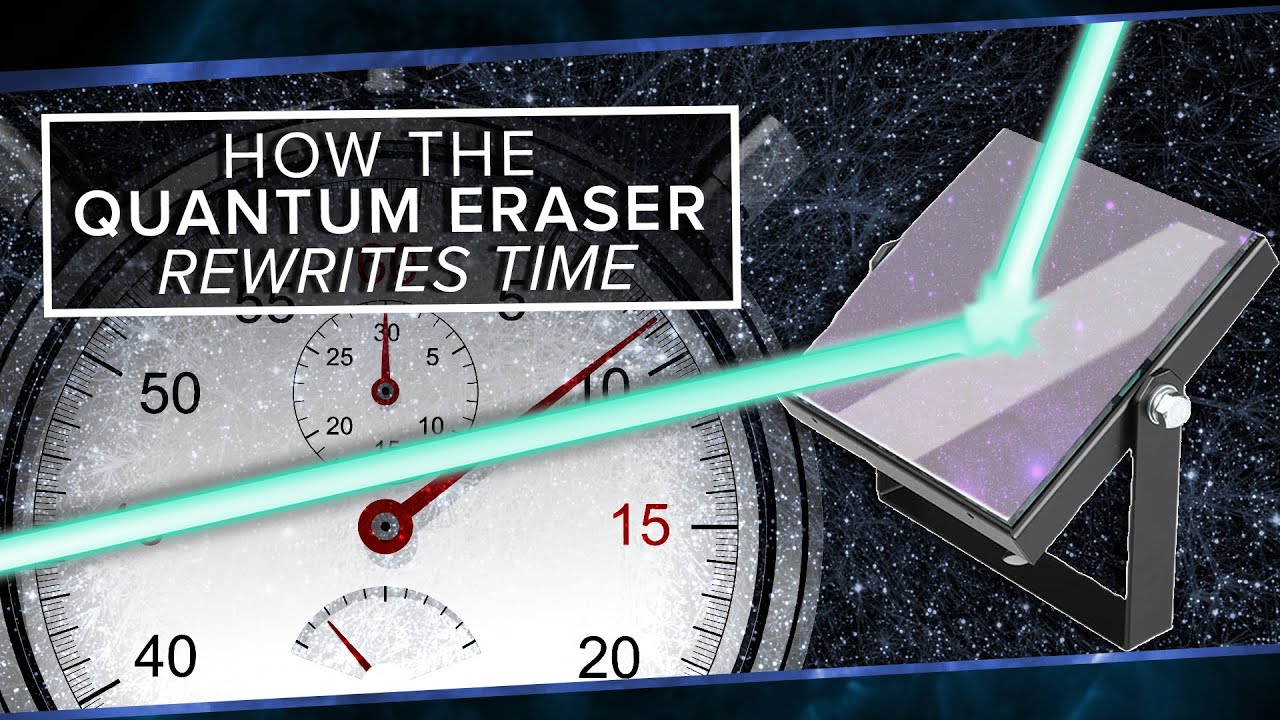Physics has continuously reshaped our understanding of the universe, revealing its deepest secrets—from the infinitely small to the cosmically vast. These groundbreaking discoveries didn’t just answer old questions; they opened entirely new frontiers of knowledge.
Here are the 10 most extraordinary physics discoveries that transformed science and our perception of reality.
1. General Relativity (1915) 🌠🕰️
Why It’s Revolutionary: Einstein’s theory redefined gravity as the curvature of spacetime, not just a force. It predicted black holes, gravitational waves, and time dilation—all later confirmed. GPS satellites must account for relativistic effects to stay accurate!
Mind-Blowing Implication: Massive objects literally bend time. Near a black hole, time crawls compared to Earth. The universe isn’t just space + time—it’s a flexible, dynamic fabric.
2. Quantum Mechanics (1920s) ⚛️🌀
Why It’s Bizarre: Particles exist in multiple states at once (superposition), teleport information (entanglement), and change behavior when observed. Quantum computers now harness these weird rules.
Cosmic Consequence: At fundamental scales, reality is probabilistic. The universe doesn’t “decide” outcomes until measured—challenging classical notions of objectivity.
3. The Big Bang (1927-1965) 💥🌌
Why It’s Epic: The universe began ~13.8B years ago from an infinitely dense point. Key evidence? Cosmic microwave background radiation (the “afterglow”) and redshifted galaxies.
Stunning Fact: All the space, time, matter, and energy we know erupted from a volume smaller than an atom. The expansion is still accelerating due to dark energy.
4. Standard Model of Particle Physics (1970s) 🧩⚡
Why It’s Fundamental: Classifies all known particles (quarks, electrons, Higgs boson) and three fundamental forces (excluding gravity). The Higgs field gives particles mass!
Recent Triumph: The 2012 Higgs boson discovery at CERN completed the model—but dark matter and quantum gravity remain mysteries.
5. Black Holes (1916-2019) ⚫📸
Why They’re Mind-Bending: Gravity so intense that not even light escapes. Einstein predicted them; the Event Horizon Telescope captured the first image (M87*) in 2019.
Crazy Truth: Black holes evaporate via Hawking radiation. Their interiors may hide wormholes or new physics that break relativity and quantum rules.
6. Gravitational Waves (2015) 🌊💫
Why It’s Groundbreaking: Ripples in spacetime, detected when black holes collide. LIGO’s discovery confirmed Einstein’s last unproven prediction.
Future Potential: Could reveal cosmic events invisible to telescopes, like primordial black holes or the Big Bang’s echoes.
7. Dark Matter & Dark Energy (1933-1998) 🌑💨
Why It’s Puzzling: ~95% of the universe is invisible! Dark matter binds galaxies; dark energy drives cosmic expansion. Neither fits the Standard Model.
Ongoing Hunt: Experiments like LUX and JWST search for dark matter particles. Their nature could rewrite physics.
8. Nuclear Forces (1935-1954) ☢️⚛️
Why It’s Powerful: The strong force binds atomic nuclei; the weak force enables radioactive decay. Harnessing them gave us nuclear power—and weapons.
Quantum Link: These forces unify at high energies, suggesting all fundamental forces (except gravity) were one after the Big Bang.
9. Superconductivity (1911-1986) ❄️⚡
Why It’s Magical: Certain materials conduct electricity perfectly at low temps. “High-temp” superconductors (still -135°C) hint at room-temp versions.
Future Dream: Lossless power grids, levitating trains, and quantum computers could revolutionize energy and transport.
10. Thermodynamics & Entropy (1850s) 🔥➡️❄️
Why It’s Universal: The laws governing energy and disorder dictate everything from engines to life itself. Entropy explains why time flows forward.
Cosmic Fate: The universe may end in “heat death”—maximum entropy, where all energy is useless.
Final Thoughts 🌠🔬
These discoveries reveal a universe far stranger than imagined—one where:
✅ Time bends
✅ Particles teleport
✅ Invisible forces dominate
The biggest questions remain: What’s dark matter? How to unite quantum physics and gravity? Is our universe one of many?



